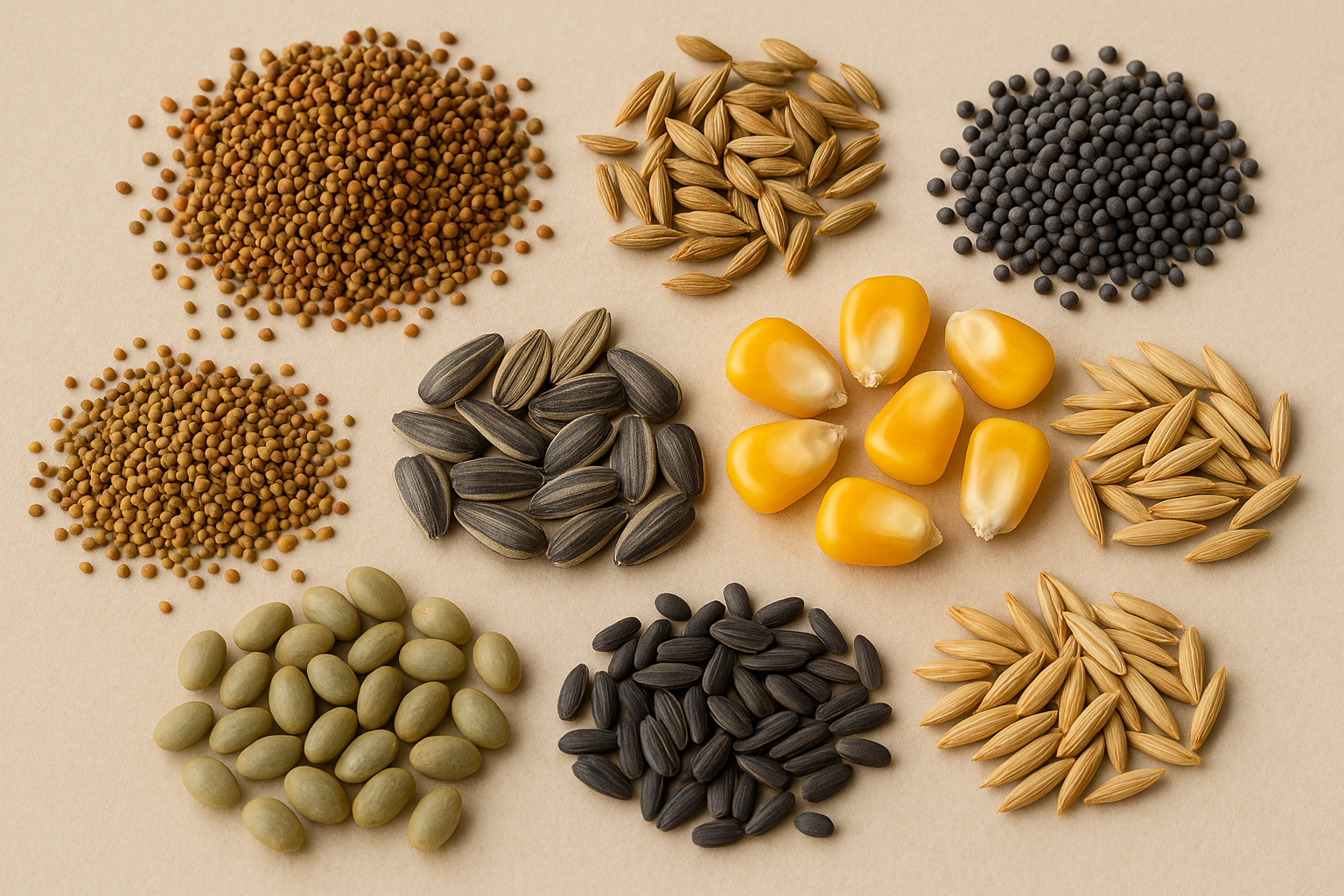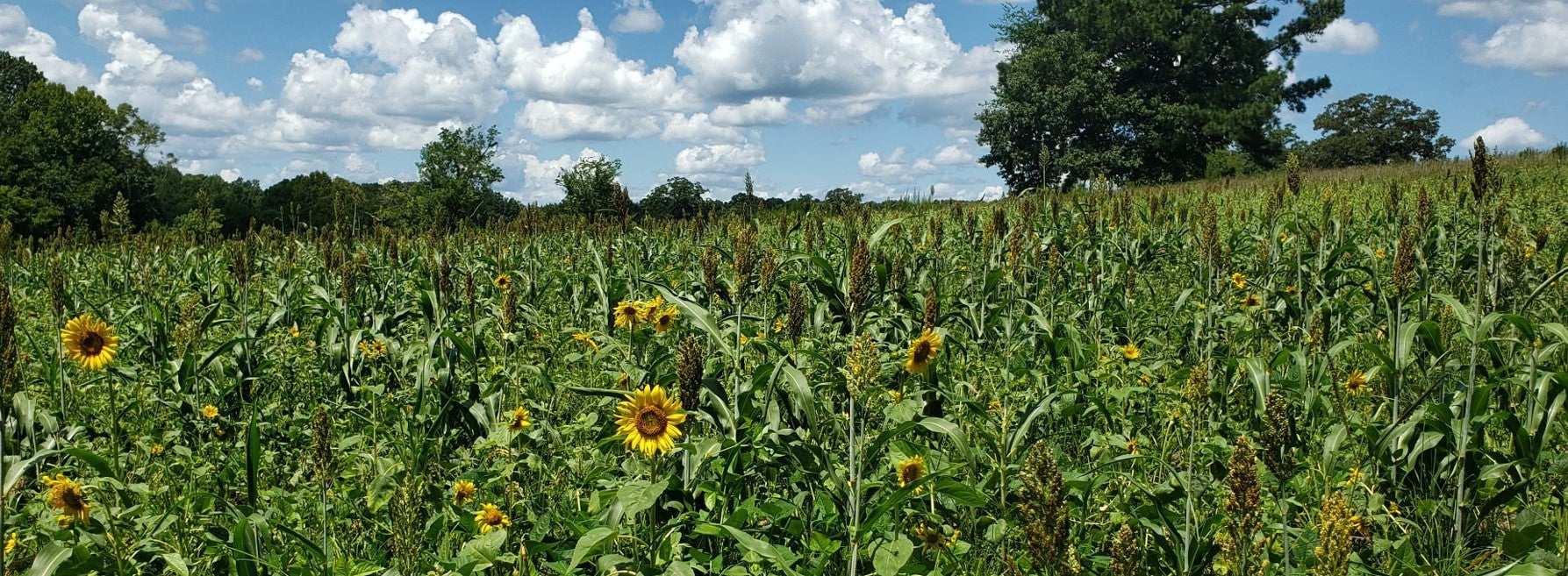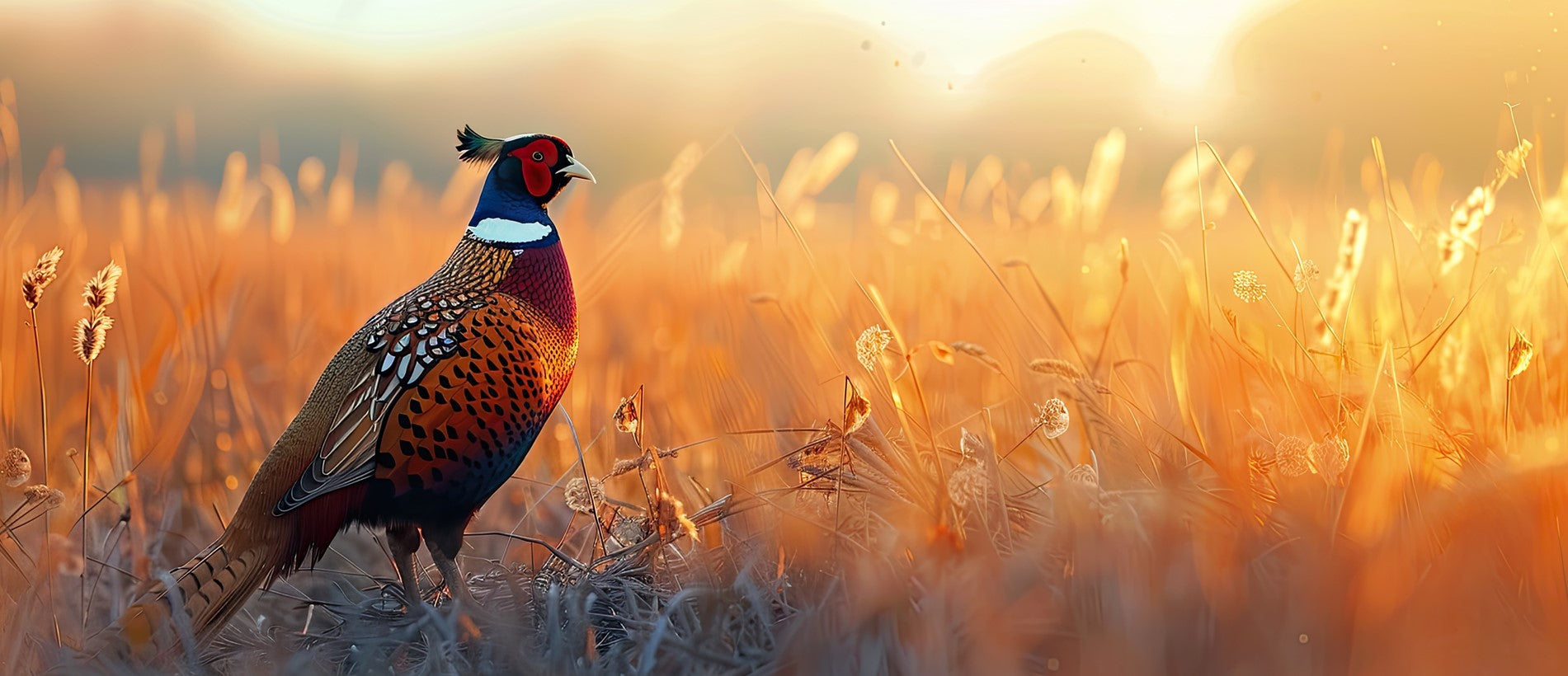Increasing Your Successfulness in Harvesting a Mature Buck on a Small Property
 Reality. Life. Whatever you want to call it, it has definitely found its way into my world this year. Up until this year I have always had a work schedule that was flexible enough that I could take off when ever I wanted to spend in the woods. This flexible work schedule has allowed me to hunt more than the average Joe, therefore giving me the opportunity to be more successful as well. This year, however, has been a different story. With the Lord’s leadership, my wife (Emily) and I decided for her to stay at home with our now 20 month old daughter, Anna Grace. This decision meant having to work more and hunt less in order to make ends meet.
Reality. Life. Whatever you want to call it, it has definitely found its way into my world this year. Up until this year I have always had a work schedule that was flexible enough that I could take off when ever I wanted to spend in the woods. This flexible work schedule has allowed me to hunt more than the average Joe, therefore giving me the opportunity to be more successful as well. This year, however, has been a different story. With the Lord’s leadership, my wife (Emily) and I decided for her to stay at home with our now 20 month old daughter, Anna Grace. This decision meant having to work more and hunt less in order to make ends meet.
So when a storm system rained us out at work just before lunch on December 20, 2011, I quickly headed home, gathered up my hunting gear, and made my way to the deer woods. By the time I parked the truck most of the storm system had passed leaving just a steady light rain. As I begin to pump myself up, like a pre-game speech from a football coach, I told myself, “This is going to be a good afternoon! The bucks are going to be walking! They have got to get up and move after that storm!” So being suited up with my best rain gear, I slowly made the long walk to the back side of the place to my ladder stand. The stand viewed a cutout lane in-between a pine plantation that was just 150 yards or so from a food plot. The plan was to catch a mature deer staging in the pines as he waited for darkness to head to the food plot to feed and search for a hot doe.
Along the way I saw a doe in the woods feeding on what was left of a bumper acorn crop. This was a motivation boost to me because it confirmed my earlier thoughts and hopes that deer would be moving. After making sure that there was no buck with her, I moved on up the path toward my hunting area. As I made it to the back side of the food plot I noticed a small doe on the edge already feeding. I quietly slipped around the outer edge into the road that goes out the back side of the plot and curves around close to my stand location. I finally settled into my ladder stand with confidence levels high and hopes even higher of a shooter buck coming into view.
I was looking for one of the three shooter bucks that we had gotten game camera pictures of earlier in the year. There was one buck that we called, “The Kicker”, (mainly because of his kicker point off his G2) that I really wanted. We had pictures of him all of last year and decided to give him another year of growth. This year he was fair game, but the last game camera picture that we had gotten of him was in early October. He seemed to have vanished from the property.
As the evening continued the rain slowly progressed. Not storming but was enough to have me dripping wet by 4 pm. At around 4:30 the first buck showed up just 30 yards in front of me. It was a year and a half old seven point. He worked his way out of the pines into a lane where several scrapes were placed. After checking them out, he headed toward the road that leads to the food plot. Ten minutes later in the direction of where I had seen the little buck I heard horns tickling together. It was not a loud cracking noise of two bucks fighting to the death, but a light sparring sound. I turned back to see what was going on when suddenly a shooter buck stepped into view. It was a big bodied mature deer and I quickly swung around and put my cross hairs into the only hole that I had to shoot in. When the buck walked into the kill zone I grunted at him with my voice to stop him and pulled the trigger. The buck bolted into the pine plantation like he had not been touched.
After saying to myself, “what happened,” I had to rewind in my head what just really took place. Because from the time I saw the buck, realized that he was a shooter, and pulled the trigger only about eight seconds had passed. After giving the deer some time and making sure I marked the exact location the deer was standing in, I climbed down to look for the deer. I knew there would be no blood trail because of the rain, but I knew where he went into the pines. So I started down a trail that I thought he would have taken. After only 30 to 40 yards I found him piled up just off the trail. It was “The Kicker!” The prodigal son had returned and thanks to the Lord I was fortunate enough to get a bullet in him. This was the end result of careful planning and a lot of hard work setting up this property to maximize its effectiveness and “huntability”.
There are many ways to increase your success rates on harvesting mature bucks. From being an opportunistic hunter, which means hunting whenever time allows you no matter the conditions, to booking a quality hunt somewhere in the mid-west or Texas. However, there are some things you can do to a small property of your own to increase your successfulness as well. In order to do this you need to create the best “huntable” habitat on your property that you can. The property that I killed this buck on was on a 200 acre tract of land that is just five minutes away from my house. Starting in June the land owner and I went to work on the property. Finally during the first week of December we got the last stand moved and the property ready to hunt. Here is a run down of what we actually did to set up this property to maximize the nutritional aspects while at the same time increasing the “huntability” factor as well:
Project 1: The first project was to establish a food plot on the back side of the place. There was an open area of old crop field that was not planted in pine trees. I used this area to create a one acre food plot out of the five acre opening. Now this may sound easy enough, but this opening has been fallowed for about ten years which in Mississippi equates to a full blown thicket. After many hours of chain saw work and an hour or so pulling a bushhog, I had an acre or so of ground that was ready to plant. A road also was cleaned out that lead out the back of the plot. In September it was disked up and a Tecomate food plot was planted.
Project 2: The second project was to create some shooting lanes in and around some of the thickets that were otherwise not “huntable.” One lane was created with a chain saw that was in-between a pine plantation and a cedar thicket of about 100 yards or so. Another lane was made with the bushhog that runs in-between two other pine plantations. This lane measured 175 yards long and is located only 150 yards or so from the food plot that I created that was mentioned earlier. The next set of lanes was created in a 20 acre grown up fallow field with a box blade. Three lanes were created in a fan pattern that extended 150 yards each or so from a large red oak where a stand was already in place.
Project 3: The third project was to produce a large winter food plot with future plans of summer plantings involved with the design of the plot. With about ten acres of open ground to utilize, and with only head high weeds to deal with, I went to work. I bushhogged about a five acre swath long ways in the middle of the field for the plot and left the other weeds standing for cover and browse. Again, in September it was disked up and a Tecomate food plot was planted. The area left standing is where the summer plots will be planted.
Also, for a hunter to be more successful, the stand’s location is crucial. This property had five existing stands. With the exception of stand location 1, a tower blind on the big food plot, the other stands had to be repositioned or relocated. There are four important factors to remember that I always take into consideration when positioning a stand: Wind direction, ability to enter and exit that minimizes deer “spookage,” visibility, and obviously deer usage. Here is a run down on where and how each stand location was setup:
Stand Location 1: A tower blind on the big food plot that can be hunted with any kind of a north wind.
Stand Location 2: A small box blind was moved to the front side of the lane in-between the pines and cedars. This stand will work perfectly with a south or west wind. This lane will work great cutting deer off on their way to and from the big food plot. There were two paths cleaned out also to enter and exit from without spooking deer during a morning or evening hunt.
Stand Location 3: A tripod was moved to the backside of the smaller food plot. The stand was positioned in order to see the entire plot obviously, but also to see down the road that goes out the opposite end. This stand will work with a north wind of any kind.
Stand Location 4: A double ladder stand was moved to the lane that runs in-between the two pine plantations. It was positioned in a way that the land could be viewed as well as the back side of the road that leads to the smaller food plot and into some hardwoods. A lot of limb cutting was involved here to be able to have the maximum visibility. This stand will work with any kind of south wind. (This is where I killed “The Kicker”.)
Stand Location 5: A double ladder stand was repositioned on the big oak in order to see the fan of lanes in the twenty acre fallow field area. This habitat type is located on the opposite end of the big food plot as the small box blind stand location with the same principle in place. This stand will work best with a north and east wind.
These were just a few things that we did to increase the quality of hunting on this property. Its has already paid off personally for me and hopefully the land owner will be successful as well on one of the other shooter bucks or even another mature buck that is drawn to the property. You can do the same thing on your property as well. I hope you will be more successful in the future and kill a buck of a lifetime the next time you go hunting.
God Bless and Happy Hunting.
Posted by Mark Newell











Leave a comment